Launched in 2005, the Chronomètre Souverain (CS) is quite often overlooked when it comes to the other models in the collection. Next to the likes of the Centigraphe, the Optimum, and the Repeater; the CS is to the untrained eye the simplest of a family of highly complex movements, bearing only a power reserve indicator. However, alike most of the creations of Journe, the complexity is the simplicity, and even then, the watch has so much to offer without screaming it in one’s face. Or rather, it takes a little more than an untrained eye to realize the technical prowess that lies beneath the dials of Journe’s masterpieces.
When the model was first launched over a decade ago, it debuted in a 40mm case in both rose gold and platinum cases and went on to be the first non-limited Journe model to have a full size display, in place of the more traditional off-centered subdials used in prior models. What it did not have was a busy dial that expressed complexity beyond a simple power reserve. Yet, even the power reserve was specifically designed for this watch, and went on to further improve mechanisms of already existing models, such as the Resonance.
The goal of the watch was in a sense, the philosophy of Journe; the creation of a high-precision wristwatch with the challenges of trying to be as simple as possible. In other words, sometimes it is far easier to complicate a timepiece by means of dials or complications but in reality, the simplification of a movement in order to make it more efficient is far more challenging. Moreover, the essence of a Journe is in having something that looks quite simple on the dial but if you choose to examine what lies within, then you will realize that what you hold is far from plain.
Starting with the Dial
Journe is noted for his thoughts against having multiple complications embedded within the same movement. His reasoning lies behind efficiency and that adding any complication to a movement will always have an effect on the precision of the timepiece. Compare it to a car that is most efficient powering itself, less so towing a trailer, and far less efficient if you start hooking multiple trailers to it; such would be the logic of having none to many complications in one watch. Of course, there is an exception to this for an upcoming model.
Therefore, when it comes to complications, Journe has always opted to work on one complication per watch but to make each complication the most efficient; evident when viewing his collections as a whole.
In the case of the CS, the goal of the watch, or rather the complication was ultimate precision, and the pursuit towards an ultra-reliable chronometer. It had to be precise, simple and thin. Hence, besides the power reserve, the dial must remain simple.
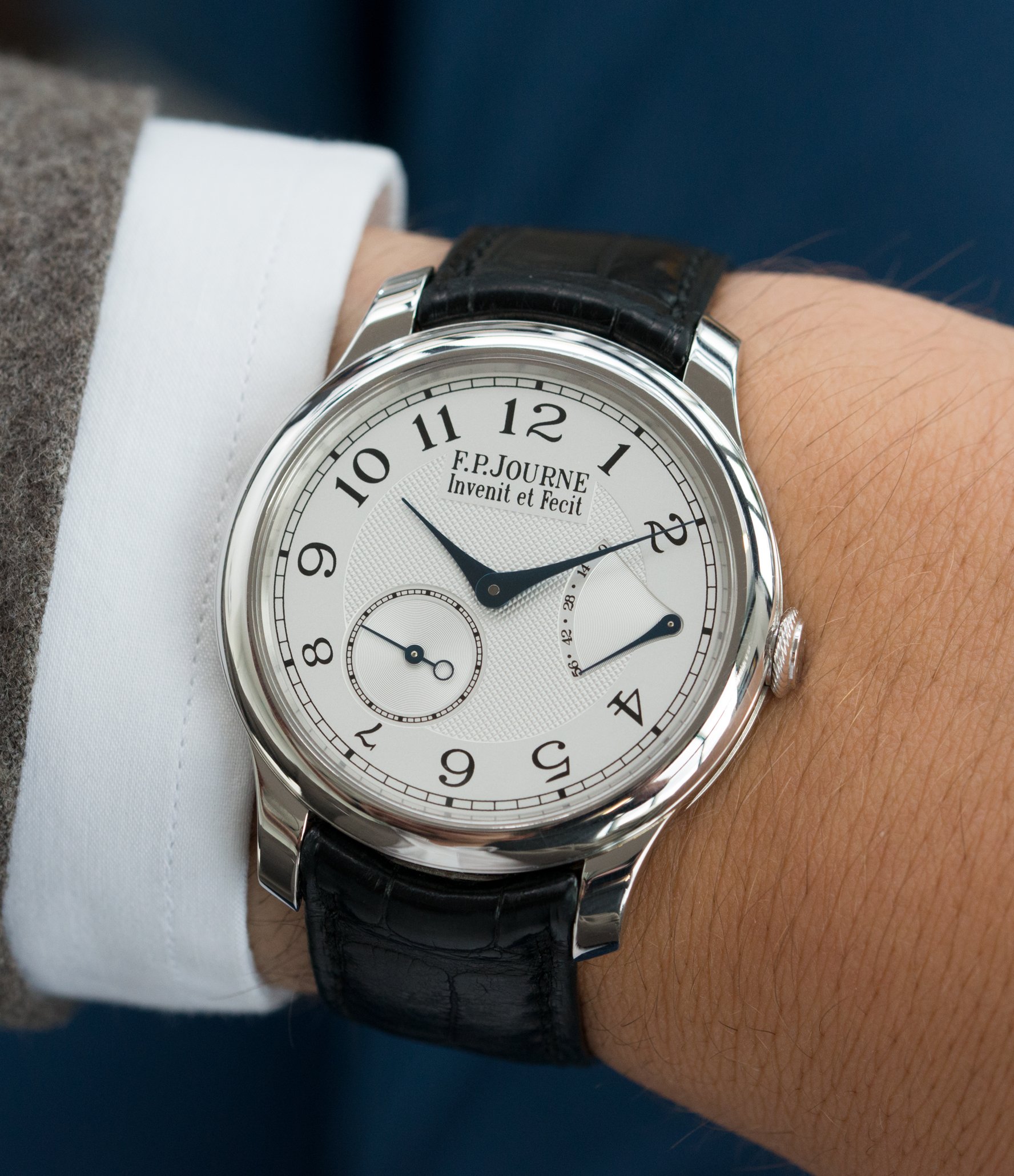
Credit: A Collected Man
In designing the dial, which is the first thing FP did, he found that due to the placement of the subseconds, and the idea that a power reserve is most associated with the crown and winding, the only logical place to have the PR indicator would be right next to the crown at 3 o’clock. Naturally, the logic of one watchmaker is the disturbance of another. Due to the slim construct of the movement, having a power reserve indicator near the crown would be contradictory as the basic construct of the power reserve would not fit above the crown, and if it did, it would make the watch thick. Perhaps this is why it is beyond rare to find another watch where the actual PR base is located directly above the crown.
Aware that the logical location of the PR is not so logical for a watchmaker, FP couldn’t find a way around the idea and thus found it necessary to completely redesign the power reserve mechanism to be more compact and efficient thus giving birth to the subtle charm of the CS that is reflected onto the dial. The movement thickness could not exceed 4.00mm, and yet successfully Journe managed to shrink down the size of the PR mechanism from 1.57mm to 0.5mm, by using ceramic ball bearings. The PR was new, efficient, compact, and made its way to every Journe model requiring a power reserve since (even improving prior calibers).
Twin Barrels
Powering the Chronomètre Souverain are two barrels that would first make one assume the obvious; when you have two barrels, you have a longer power reserve. Yes, a purely logical reasoning but yet again, Mr. Journe goes against the grain with his decision to use two barrels.
There are two ways in which you can mount two (or more) barrels onto a movement. The first is to mount In Series which would result in the logic of longer power reserves. In reality, you can mount two, three, even ten barrels in series and they will keep adding up the power reserve but to the absolute detriment of precision. There are many factors that connect themselves to the mainspring/energy source within a movement, and having longer power reserves might look good on paper, but they work terribly towards mechanical precision.
So why did Journe opt for two barrels? Well, if you mount them in parallel, you create an incredibly stable source of energy within the movement. It has absolutely nothing to do with long power reserves but rather about dividing the pressure on the main gear by two. In other words, two barrels in series adds more pressure onto the main gear, but splitting the pressure in two (parallel) provides for a much more stable source of energy. So, Journe opted for stability over pleasing a crowd with a number of hours added to the power reserve. In addition, this is also an improvement over having one large barrel and this is not to say that the CS has a weak power reserve, on the contrary it delivers 56 hours of chronometric precision.
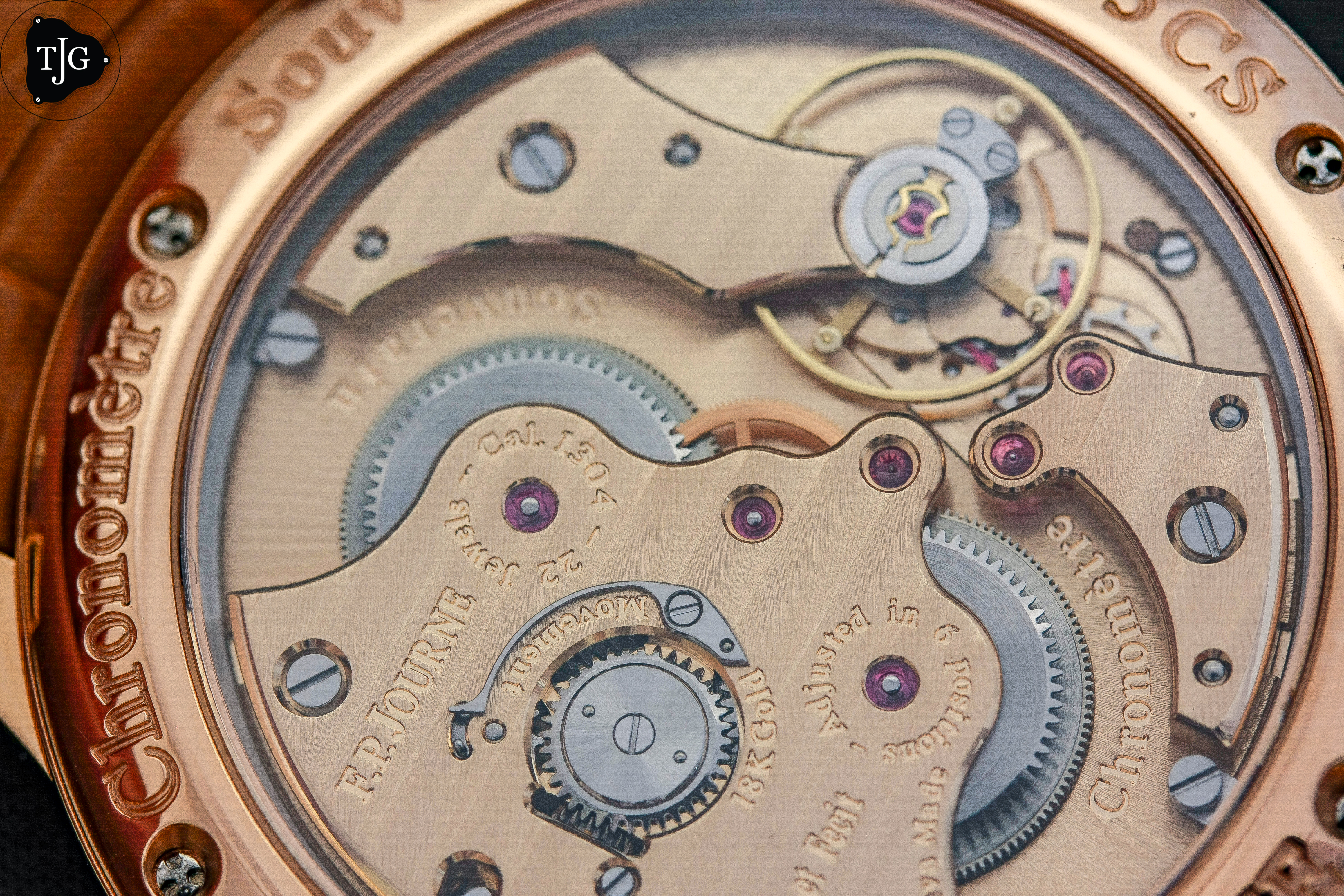
On the more interesting side of the architectural design of the movement is the placement of the gear train. The movement has a sort of symmetry with the barrels and the escapement placed perfectly to the left and right side of the movement respectively. Upon further glance, the two barrels that power the escapement do not seem to be connected, creating a sort of mystery between the two parts of the movement.
Journe is often noted for his more ‘fun’ approach to designing his movements, and this case is no different. In order to emphasize the two barrels in parallel, and the 10.4mm balance wheel, he completely hid the gear train beneath the dial, creating a sort of illusion of disconnect that also results in visually bringing out the two components.
The Dials
Silver Dials
The Chronomètre Souverain is the oldest model from F.P. Journe that still remains in the current lineup, being in production for nearly 15 years. It first premiered in 2005 with a 40mm case in either rose gold or platinum, with a silver guilloche dial, and blued hands. I would refer to this as the Original Dial, which is currently still in production.
The following year, due to an increasing demand at the time for 38mm cases, Journe added 38mm cases in either rose gold or platinum to the production, again with the silver dial and blued hands. The 38mm cases were discontinued in 2015, due to a plummet in demand. It is noted that some remaining stock cases were produced after this decision for special requests.
Tokyo Anniversary
Produced in 2005 for the first anniversary of the F.P. Journe T0kyo boutique, the manufacture launched the first of a limited anniversary series that for the first time, came with a titanium case, a ruthenium dial, and rose gold accents. The first of these was a 20-piece limited edition Chronomètre Souverain that was numbered out of 20 and engraved “Tokyo 2005” on the balance cock.
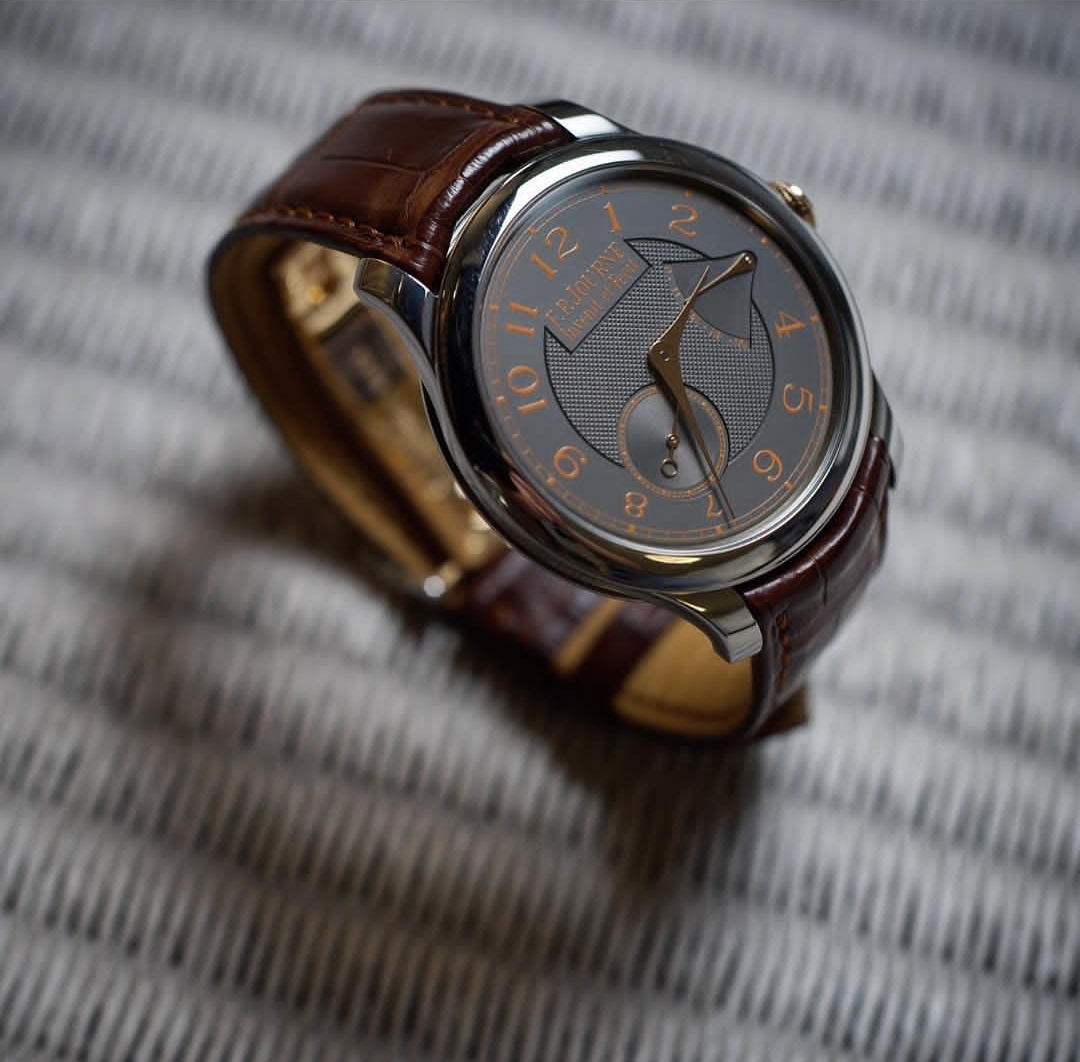
Credit: @doobooloo
Gold Dials
In 2014, one could say for the watch’s 10th anniversary, F.P. Journe released a new set of dials for the Chronomètre Souverain. The dials were a step away from the traditional guilloche silvered dials and were now entirely made from a gold. The most interesting technique with the dials was the numerals that look applied but were in fact raised. The process required tracing out the numerals and then striking the dial to make the numerals pop (in short), making them a part of the actual dial.

The dials were made from both white and rose gold to be matched to the cases they were ordered in, along with either steel hands for the platinum case or rose gold hands for the rose gold case.
Steel Set
As a farewell to the 38mm cases, in 2015 Journe released a coffret acier, or Steel Set consisting of five of his most iconic watches, all in 38mm cases, in stainless steel cases with rose gold movements. A total of 38 sets were produced and of the five watches was the Chronomètre Souverain, with a unique mustard-like dial color that payed homage to the original yellow gold dials from the brass era. All the watches were sold as part of the 38 sets making this particular dial rare, and hard to come across individually.
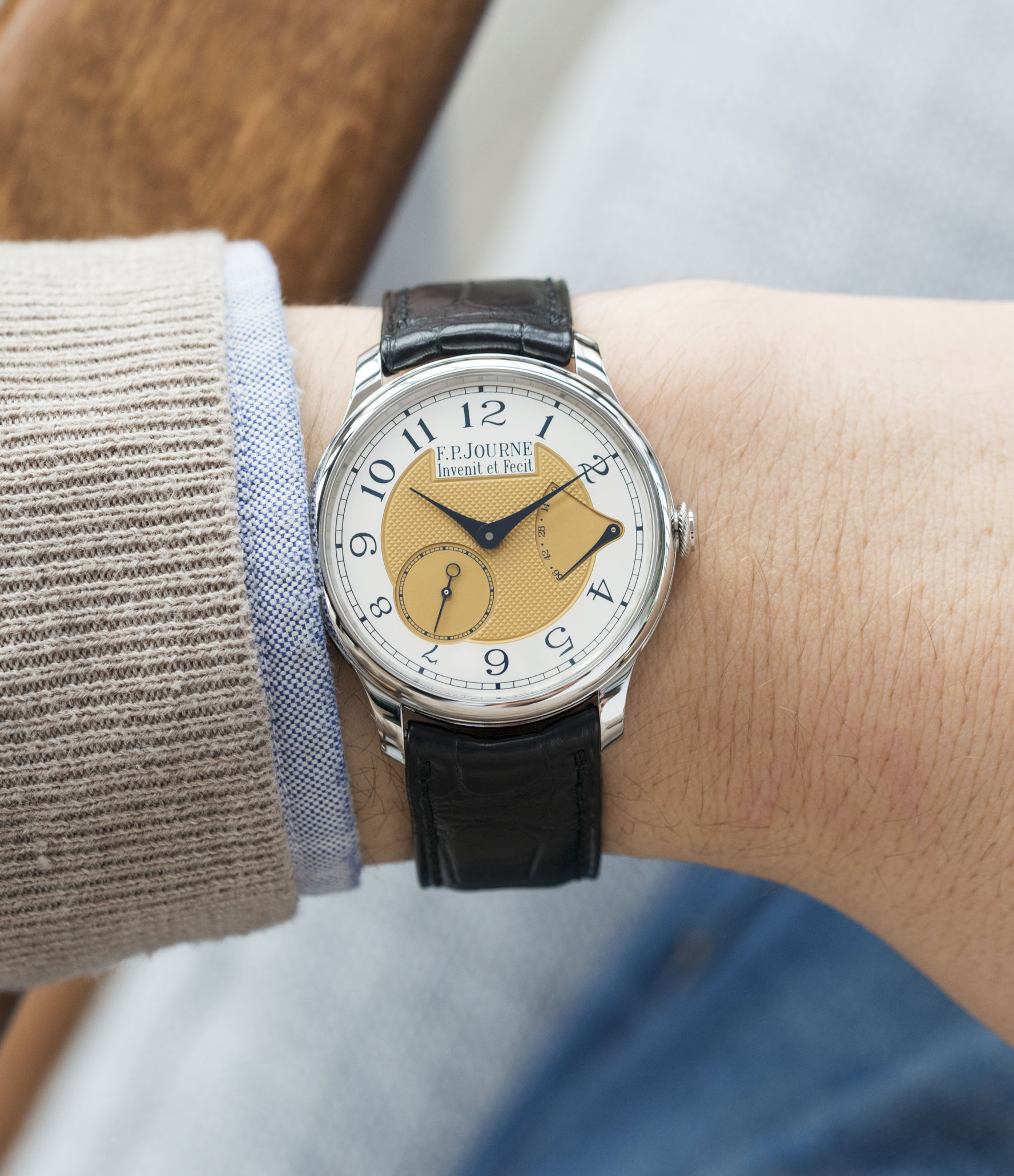
Credit: A Collected Man
Havana Dials
In 2017, Mr. Journe added a special brown dial named “Havana” to his Octa Automatique and Octa Automatique Lune pieces. Shortly after he received a number of requests, Journe opted to add the Havana dial to the CS as well. The dial comes as a result of Journe’s own dialmakers, Les Cadraniers de Geneve, found an interesting result when mixing ruthenium and gold together, resulting in this brown cigar-like color. One should keep in mind that coating a dial with certain metals is not a simple task of just dipping and mixing but a much more demanding process as each dial must be bathed in a specific compound under certain conditions for a specific time, in a specific order. Results are mostly obtained after several coatings in a certain order.
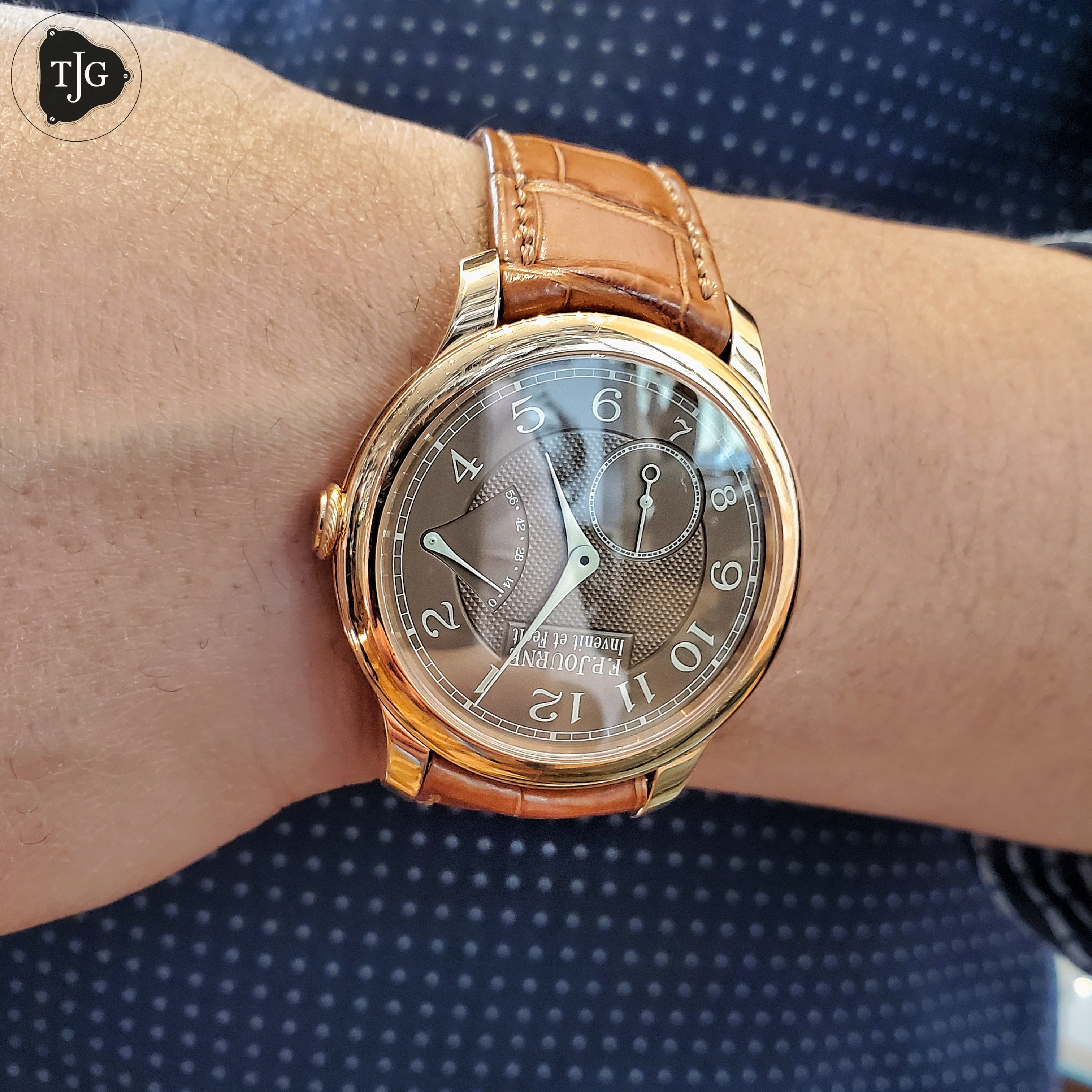
Collection Boutique
While all the previous dials were made available across the whole F.P. Journe retail network, a unique set of dials are/were reserved for F.P. Journe boutiques. In 2008, with the aim to provide an even more exclusive collection within the already limited production, F.P. Journe released a boutique-exclusive line of dial/cases.

Credit: A Collected Man
Of these were the Boutique Edition pieces that housed a rose gold case with black dials; the Black Label which was extremely limited in production and sold to existing collectors only; the Boutique Nacre Edition which came in both rose gold and platinum cases with rose mother of pearl and blue mother of pearl for each case material respectively.
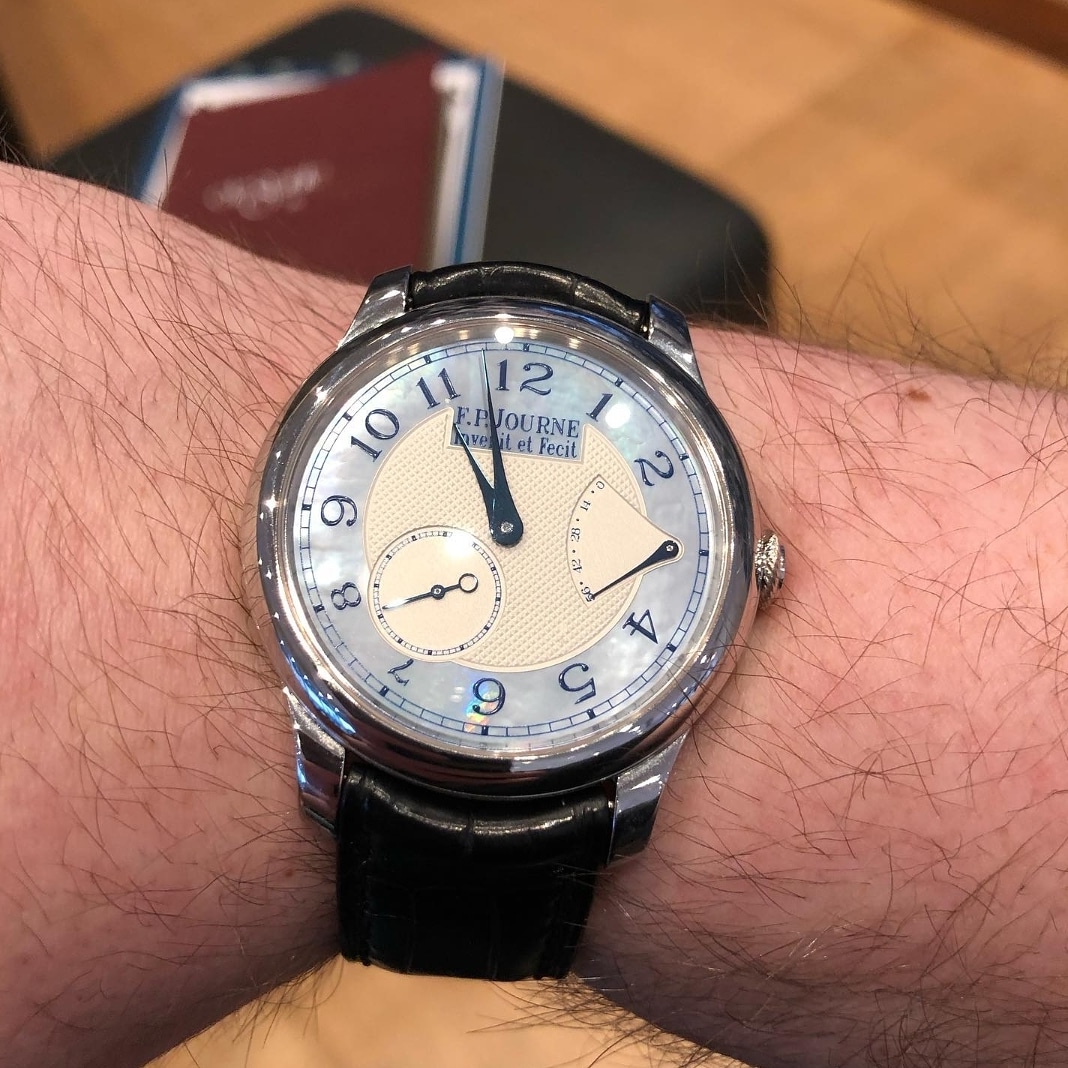
Credit: @beveledbridge
In the View of the Master
When Mr. Journe came out with the CS in 2005, it was to him a long-awaited release. He has always said that the Chronomètre Souverain was the watch he always wanted to make since the brand’s 1999 debut, however he didn’t think it would transmit the best message if he debuted his brand with a time-only watch.
He further continues to praise the watch’s impeccable performance; that of stability. His response towards collectors who ask where they should start with Journe has always been the same, “Get the Chronometre Souverain, it is the least expensive so if you don’t like it, you won’t have spent too much; it’s also remarkably stable.”
In fact, the watch’s stability was one of the reasons that Mr. Journe gifted his mentor, the late Dr. George Daniels, a Chronometre Souverain.
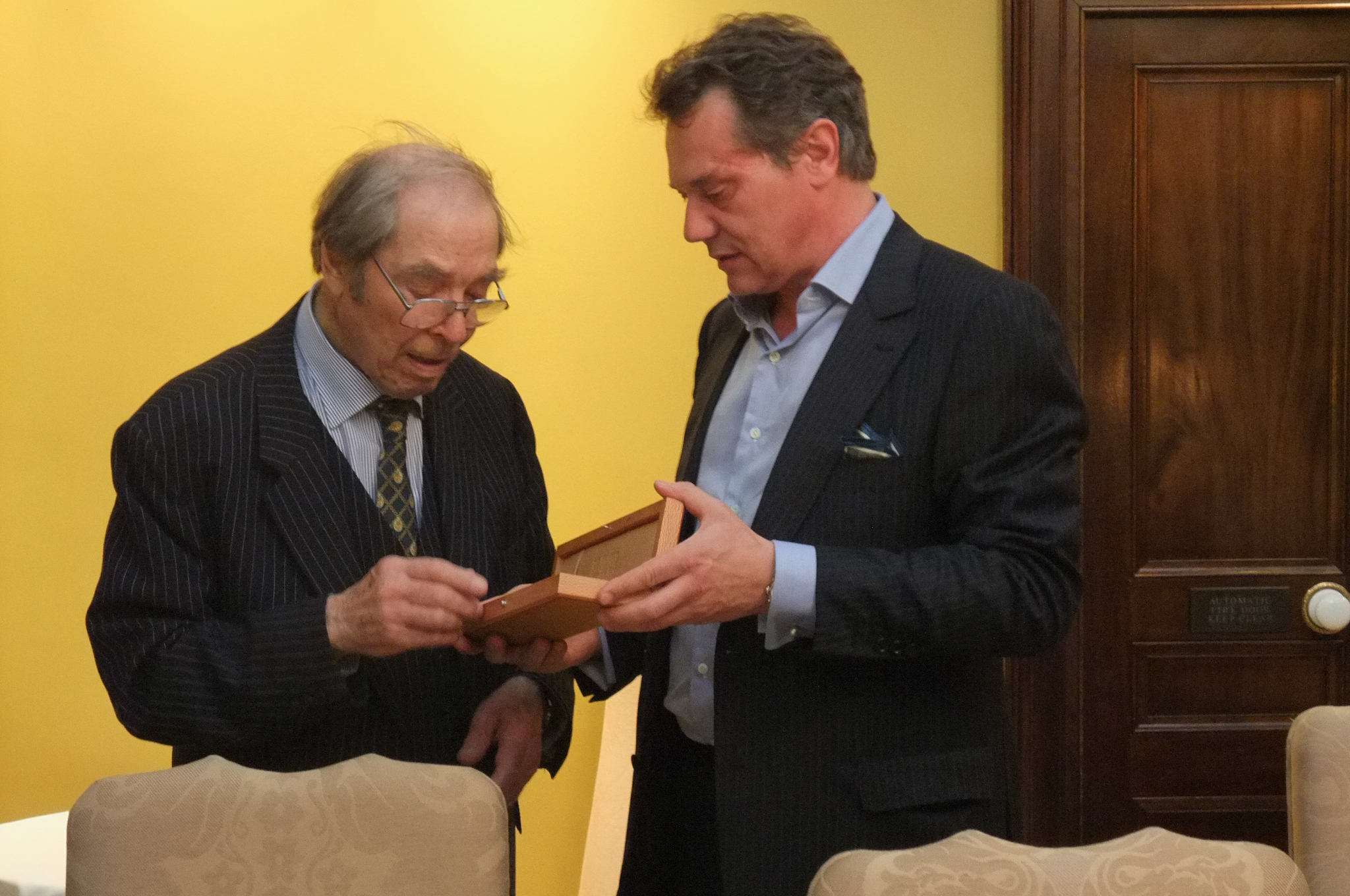
An Alternative to the Chronometre Bleu
The CB was launched in 2009 with the intent to save the brand during the economic crisis of the time. Thus, it was priced significantly less than the Chronomètre Souverain, which prior to 2009 was the least expensive mechanical watch from F.P. Journe.
Between the two watches, the only difference within the movement was the power reserve indicator, and despite them not sharing the same baseplate, the caliber remained the same, 1304.
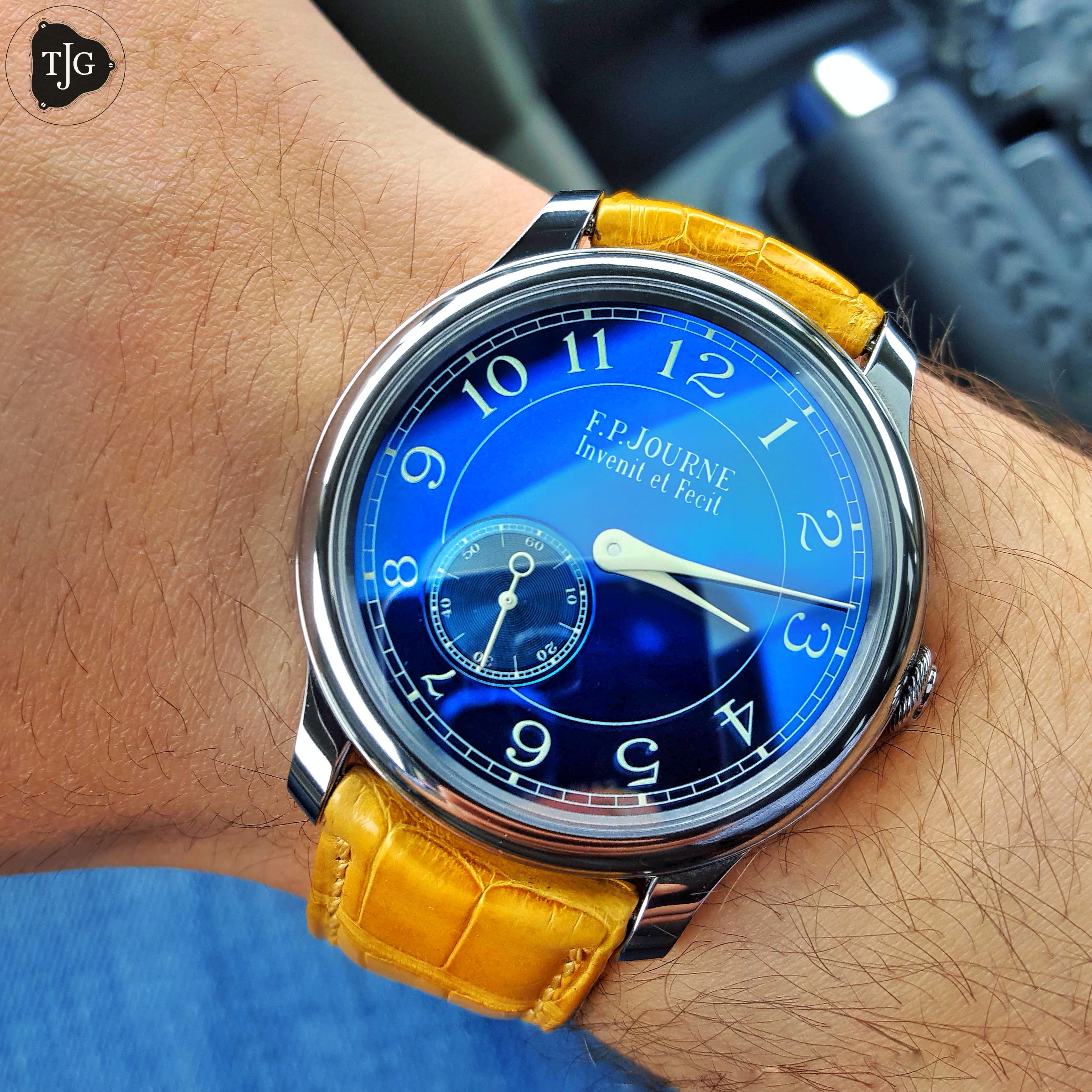
At start, the CB was viewed somewhat as the poor man’s Chronometre Souverain (bluntly put) despite Journe creating a watch that was more costly and difficult to manufacture. Yet today, it is quite shocking where the market value of a CB is and how fast it continues to rise. With the more recent announcement at start of year that the CB production will be even more limited in 2019, and that the brand boutiques have stopped accepting names for waiting lists, it surprises me how many requests I still receive from people who want to join an already 7+ year wait time.
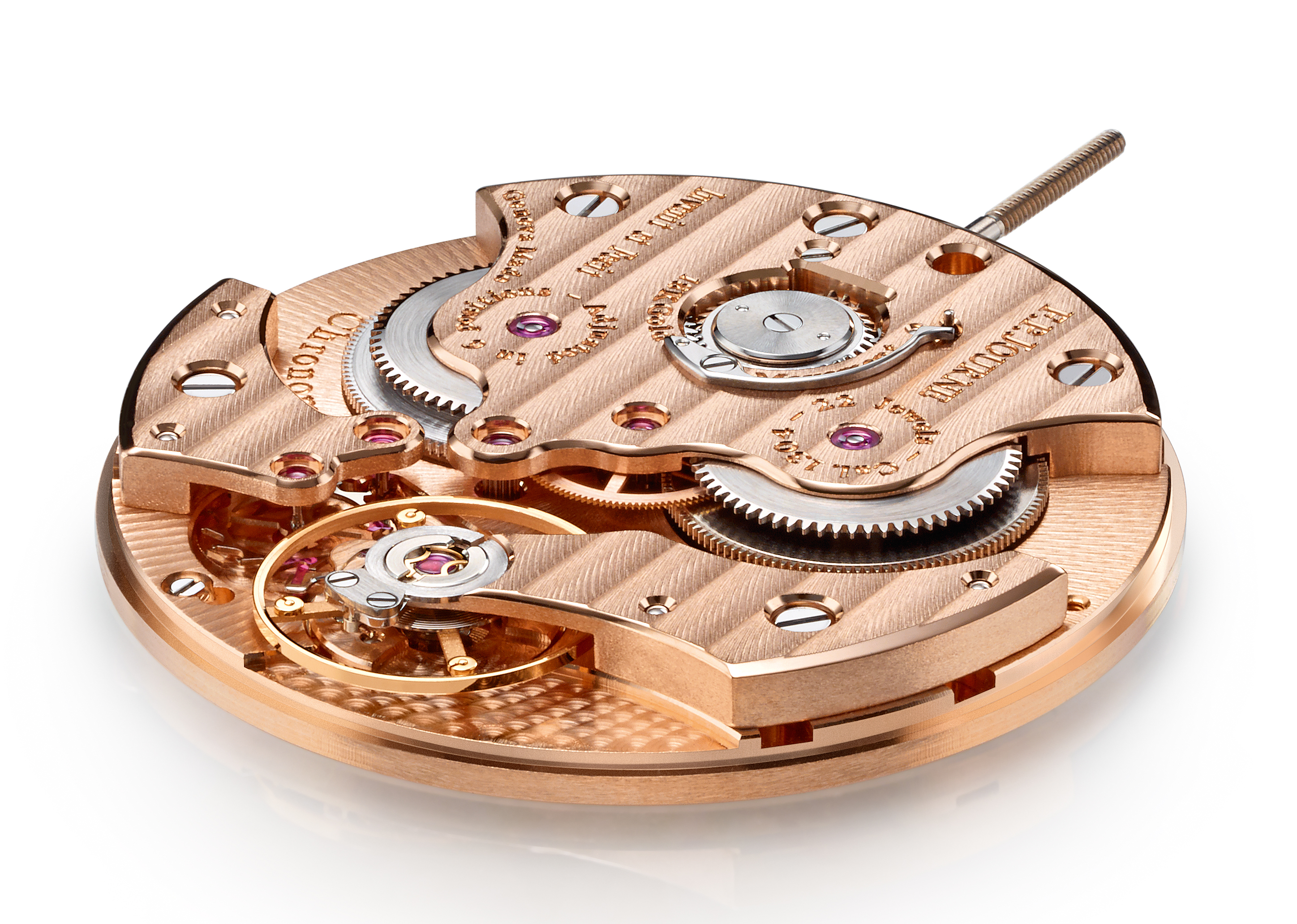
Remarkably, since the CB was introduced as an alternative to the CS, I would comfortably say that the CS is now a much stronger alternative to the CB. As a start, it has a patented power reserve and is no longer priced significantly higher, considering of course the new market values.
That said, and alike every other Journe, the CS is a testament that Journe watches offer a lot more than what is seen on the dial. In this case, the dial reflects simplicity as does the movement; yet if you really dwell into the details you will notice that it offers a lot more than meets the eye.
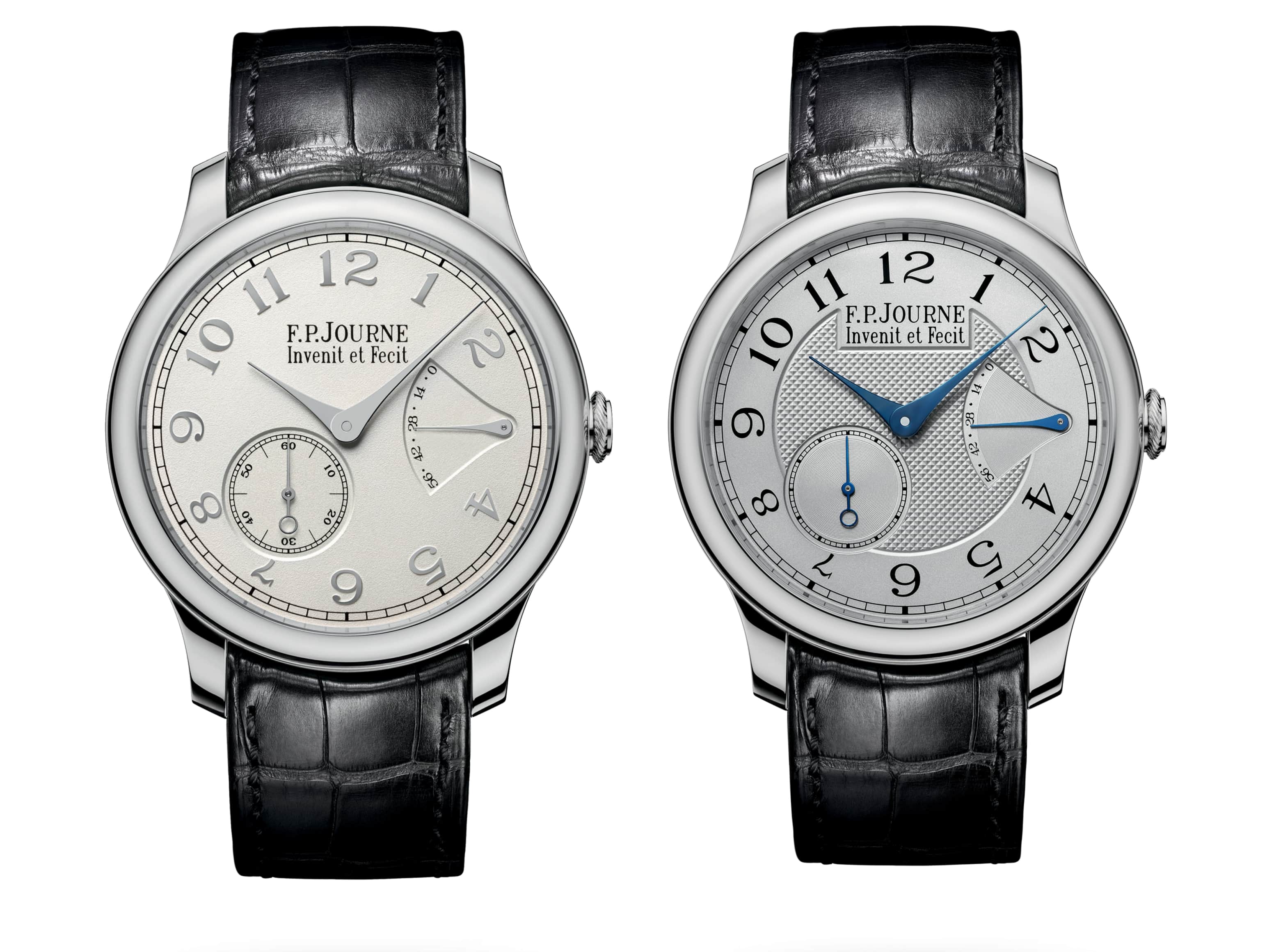
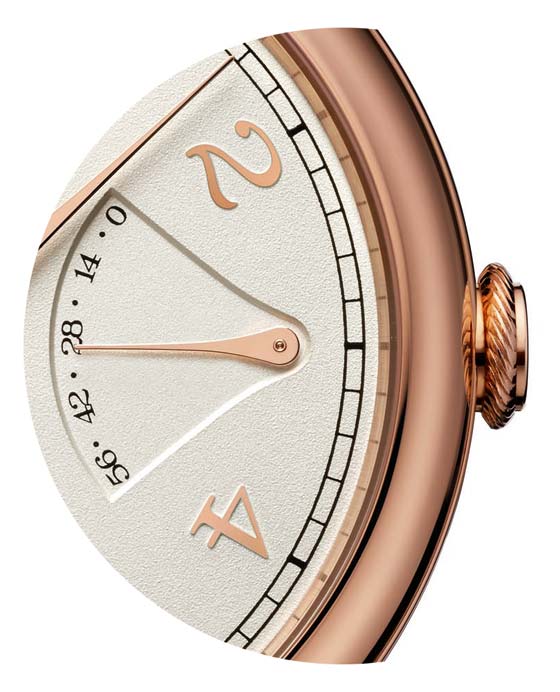
6 responses to “In-Depth: Rediscovering the Chronomètre Souverain”
I am sure this piece of writing has touched all the internet users, its really really good piece of writing on building up new
blog.
The gold dials, to me, are by far the best execution of the CS. I would love to add one at some point, but it must be 38mm! Keep up the good work.
Thank you. I agree, I’ve always contemplated getting one myself.
I am extremely surprised to learn that the CS was introduced in 40mm and then downsized to 38mm. The relations between case and dial seem so perfect in the 38mm, and it’s the same size as the other cases he’d been producing up until then. It’s hard for me to believe that wasn’t the original!
Funny, the only problem I have with this watch is that the 40mm bezel is too fat and the 38mm bezel is too thin lol. My soft spot is 39mm.
Yet, I’ve heard a lot of different opinions on these three sizes for this genre of watch
An great written article and what perfect timing. I purchased this watch and kept contemplating selling it to buy a CB, I think I’ll keep it though!